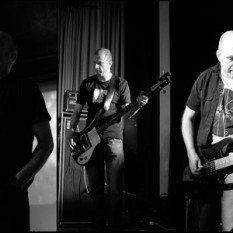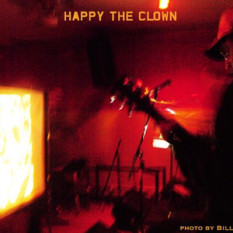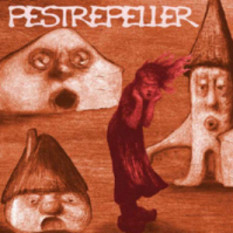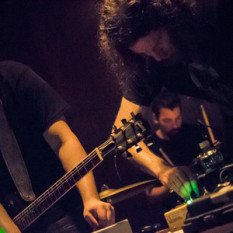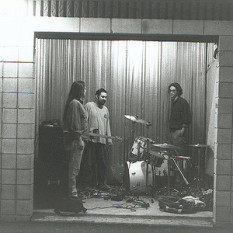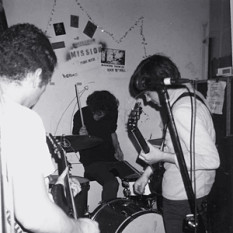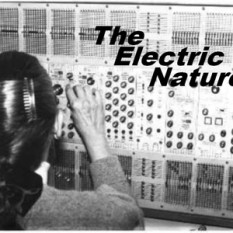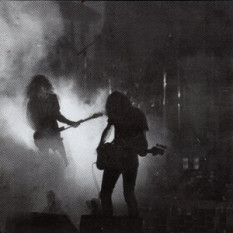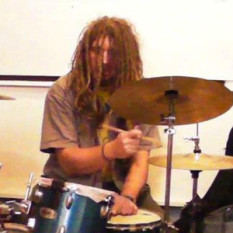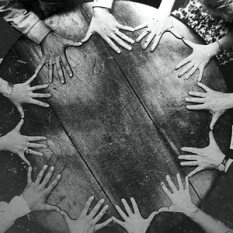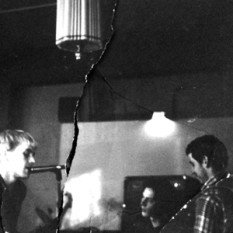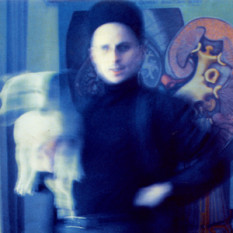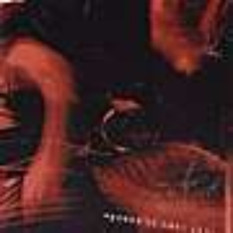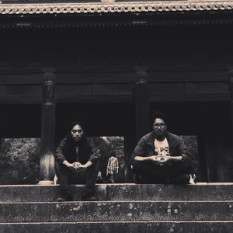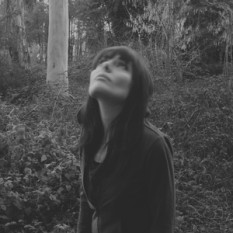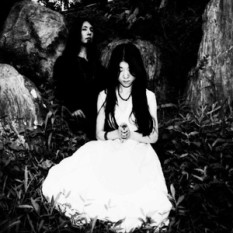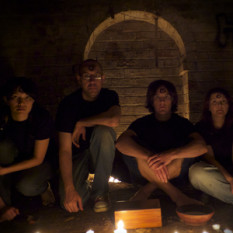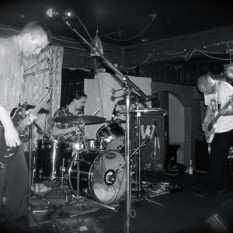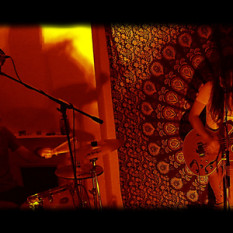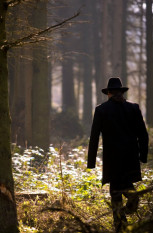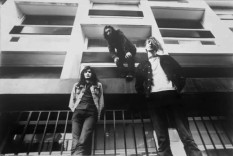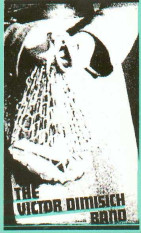Drone first entered into rock music in the 1960s, with raga-inspired psychedelia influencing everyone from pop acts to garage psych ravers (an early example being Paint It Black with its drone-inflected chiming melodies). This soon resulted in the chord-killing proto-punk of the Velvets and early Stooges, who instead of embellishing their music with trance-like leads would revel in brutalising monotony as the propulsive rhythmic core. By the 1970s the abstractions of German experimentalists such as Neu! established the basis of drone rock as a more minimalist sister style to space rock, albeit with a colder heart and a certain motorik groove, with art punks like This Heat and Suicide later taking these various influences in different directions.
Fastforward to the 1980s with punk dead but having left its mark. Bands on the margins of the space rock, noise rock and shoegaze fields had emerged (such as Skullflower, Loop and Spacemen 3 from the UK and their American relatives Earth) who, informed by the earlier garage, space rock and "krautrock" artists - and with the help of grungy effects pedals - were drenching rock in feedback and pushing it into a hazy nihilistic void. Drone rock had come of age, with droning sustained chords now centre stage and everything else secondary.
Alongside them were acts coming from a different perspective, such as the crushing repetition of early Swans who had an even more nihilistic industrial bent. Connection between these strands can be seen in Loop and Godflesh - a band strongly influenced by Swans - covering each other's songs on one release.
Newer styles utilising drones include one-chord-til-eternity drone doom metal, which is less rock-oriented and more focussed on soundscaping, worshipping the drone in itself, though the less-metallic offshoot doomgaze bears a closer relation to drone rock with its strong shoegazing elements. Meanwhile, drone doom pioneers Earth have evolved a cleaner and minimalistic post-rock sound.
.

